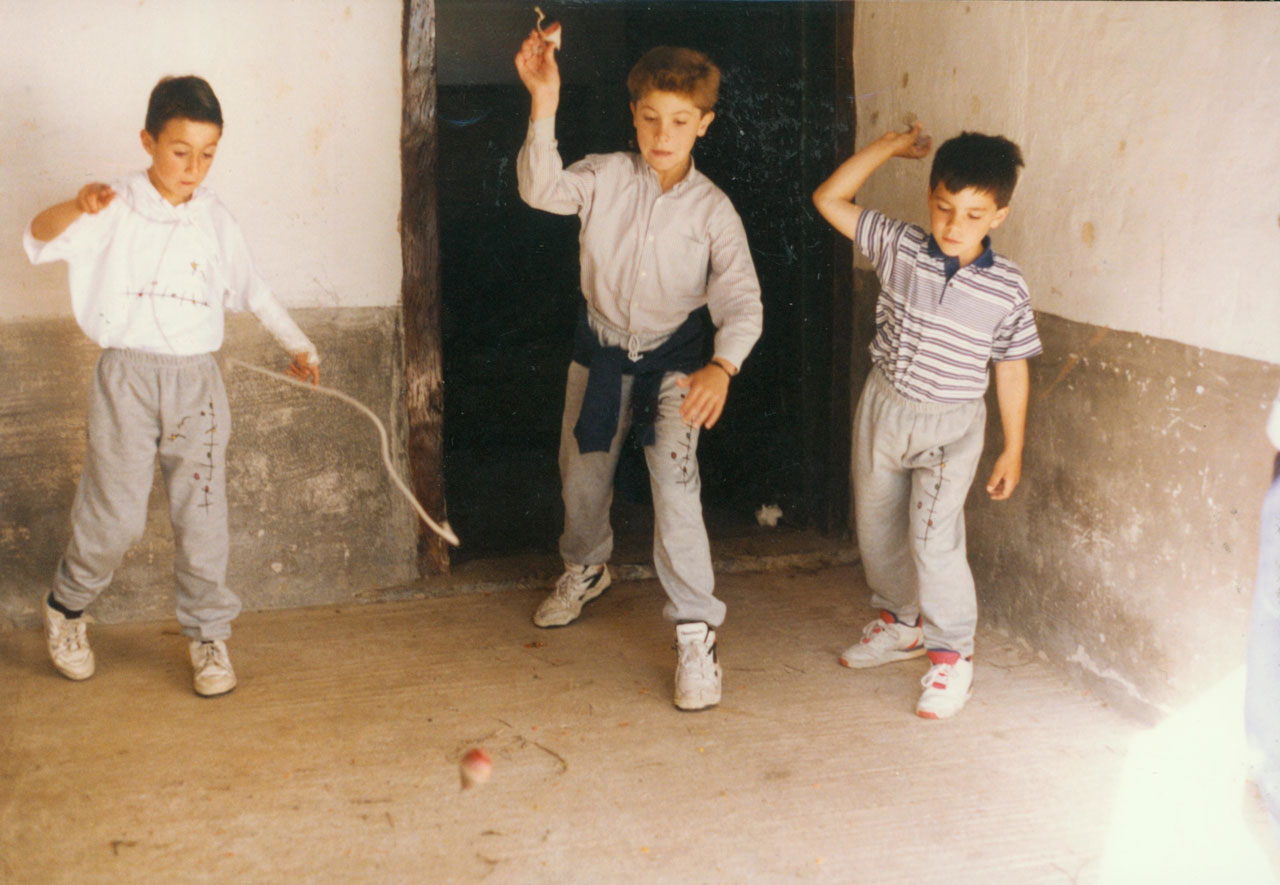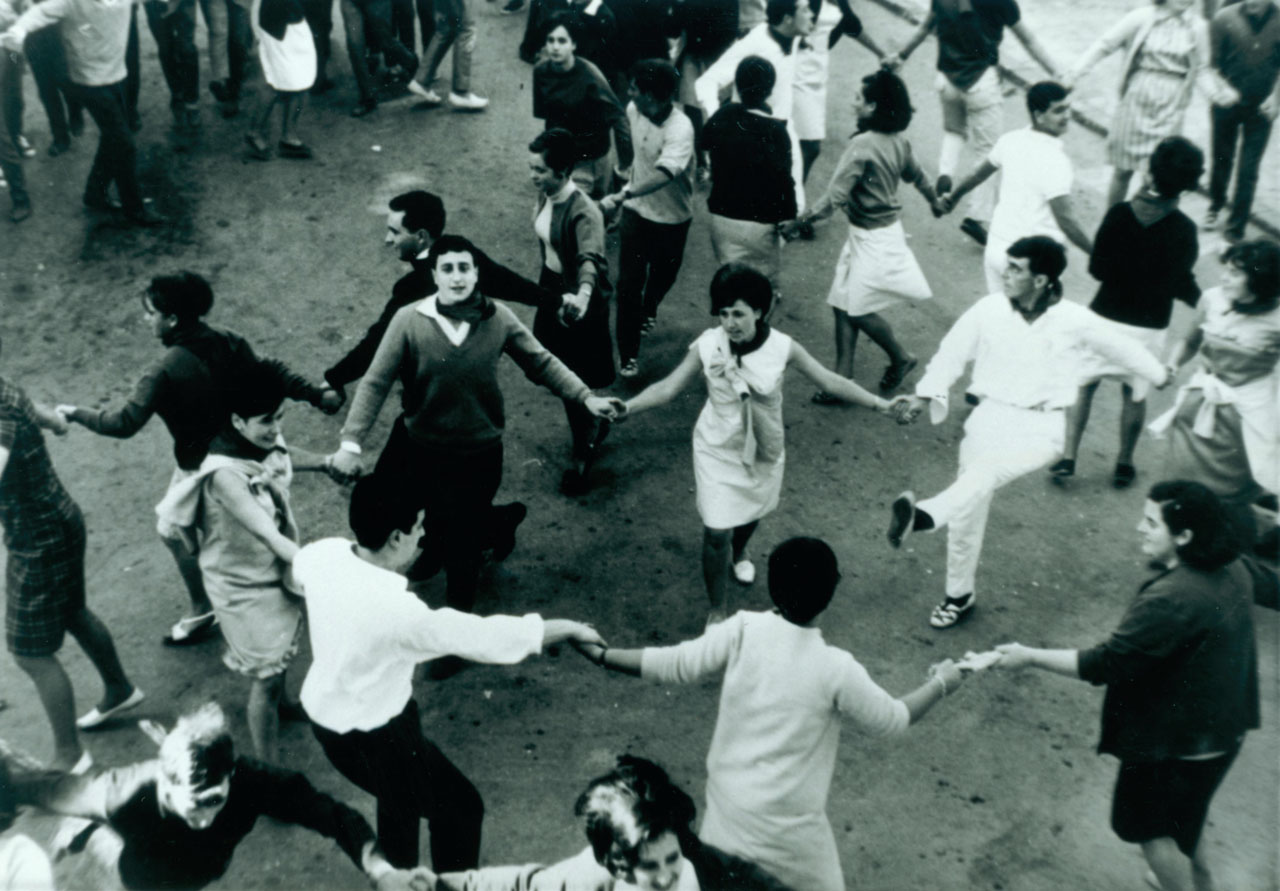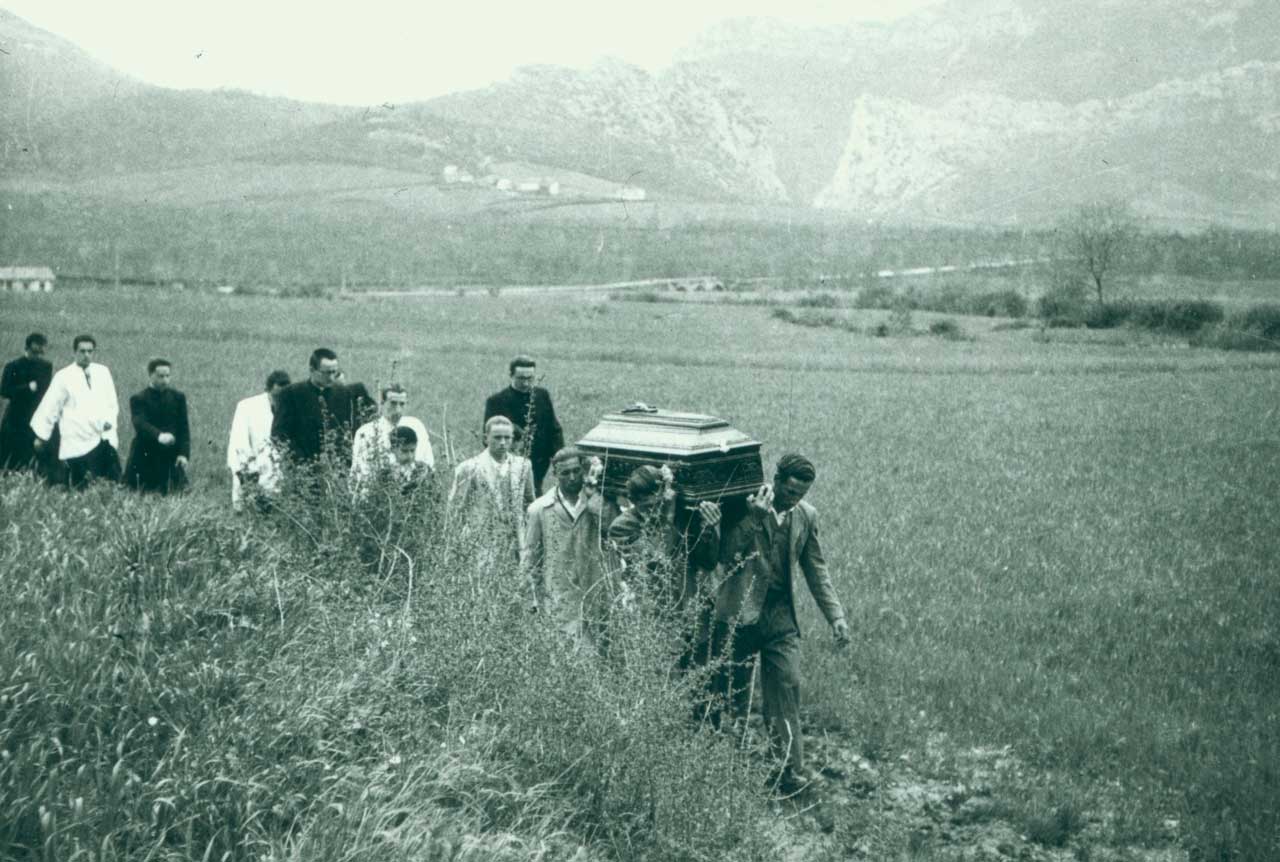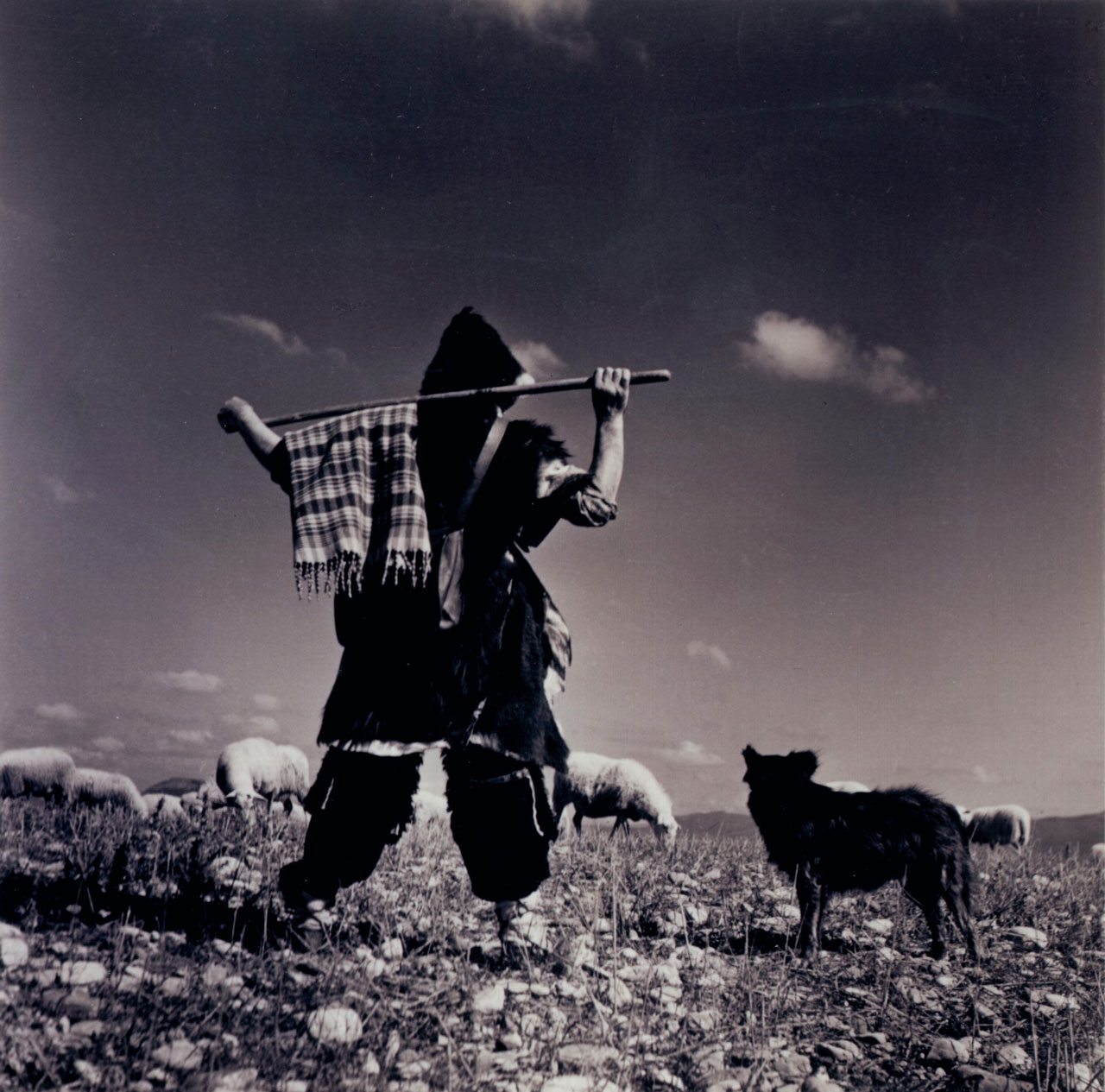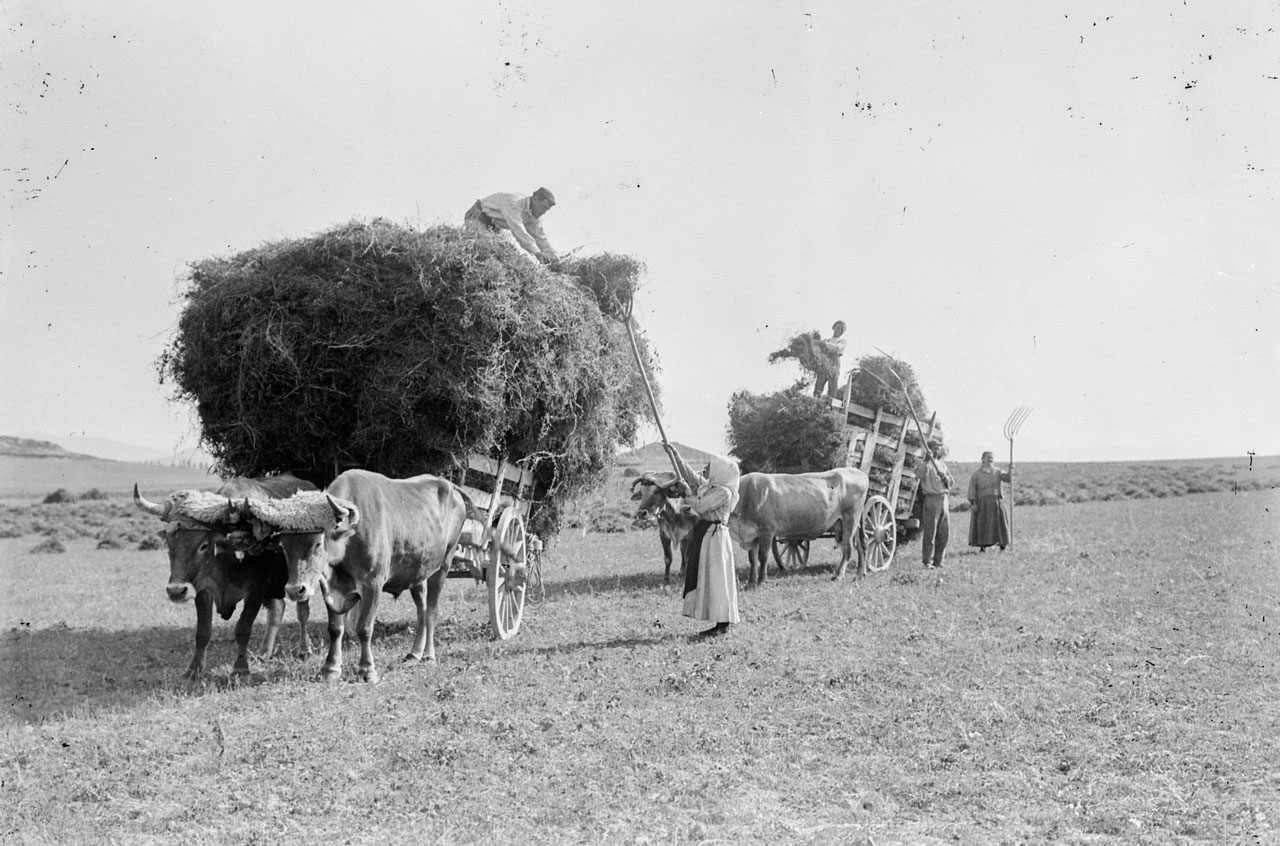Diferencia entre revisiones de «Main Page/en»
De Atlas Etnográfico de Vasconia
| Línea 7: | Línea 7: | ||
===[ganaderia|Ganadería|/atlas/cabecera/Arreoa-erakusten-Bidegoian-1957.jpg|Exhibition of the bridal trousseau. Bidegoian (G), 1957. Source: Ana Larrarte, Etniker Euskalerria Groups.]=== | ===[ganaderia|Ganadería|/atlas/cabecera/Arreoa-erakusten-Bidegoian-1957.jpg|Exhibition of the bridal trousseau. Bidegoian (G), 1957. Source: Ana Larrarte, Etniker Euskalerria Groups.]=== | ||
===[ganaderia|Ganadería|/atlas/cabecera/Caserio-Zurutuza-Zeanuri-1925.jpg|Zurututza Farmhouse. Zeanuri (B), c. 1925. Source: Labayru Fundazioa Photograhic Archive: Felipe Manterola Collection.]=== | ===[ganaderia|Ganadería|/atlas/cabecera/Caserio-Zurutuza-Zeanuri-1925.jpg|Zurututza Farmhouse. Zeanuri (B), c. 1925. Source: Labayru Fundazioa Photograhic Archive: Felipe Manterola Collection.]=== | ||
| − | ===[ganaderia|Ganadería|/atlas/cabecera/ | + | ===[ganaderia|Ganadería|/atlas/cabecera/Carro-de-boda-y-comitiva-nupcial-camino-del-caserio-Izagirre-Bidegoian-1957.jpg|Trousseau escorted by wedding entourage on their way to Izagirre Farmhouse. Bidegoian (G), 1957. Source: Martín Photographic Studio.]=== |
| − | ===[ganaderia|Ganadería|/atlas/cabecera/ | + | ===[ganaderia|Ganadería|/atlas/cabecera/Segizioa-elizan-sartzen-Zerain-1965.jpg|Funeral procession entering church. Zerain (G), 1965. Source: Karmele Goñi, Etniker Euskalerria Groups.]=== |
===[ganaderia|Ganadería|/atlas/cabecera/Calabazas-para-el-ganado-Lezama-1990.jpg|Pumpkins for the livestock. Lezama (B), 1990. Source: Labayru Fundazioa Photograhic Archive: José Ignacio García Muñoz.]=== | ===[ganaderia|Ganadería|/atlas/cabecera/Calabazas-para-el-ganado-Lezama-1990.jpg|Pumpkins for the livestock. Lezama (B), 1990. Source: Labayru Fundazioa Photograhic Archive: José Ignacio García Muñoz.]=== | ||
Revisión del 09:34 10 mar 2020
Hearth, wood-burning stove and butane cooker. Neighbourhood of Aiuria (Muxika-B), 2011. Source: Segundo Oar-Arteta, Etniker Euskalerria Groups.
House and Family in the Basque Country


House and Family in the Basque Country
Etxe onak, txingar ona. A good fire in a good home.
Family Diet in the Basque Country


Family Diet in the Basque Country
Gabon, bon-bon; Natibitate, ase eta bete; San Estebantxe, lehen letxe. Eat heartily on Christmas Eve; until you feel full at Christmas; and back to normal on St Stephen’s Day.
Children’s Games in the Basque Country


Children’s Games in the Basque Country
Changes in the adult world are also necessarily reflected in the children’s world. It should not be forgotten that those changes also affect the world of beliefs, convictions and rites underlying many traditional games; many of which would be stripped of meaning, some would fall into disuse, others would persist and would adapt to the new circumstances.
Traditional Medicine in the Basque Country


Traditional Medicine in the Basque Country
Osasuna, munduko ondasuna. The first wealth is health.
Rites from Birth to Marriage in the Basque Country


Rites from Birth to Marriage in the Basque Country
Gazteak, badakizue zelan dantzan egin: burua gora-gora ta kaderai eragin. Folk verse
Funeral Rites in the Basque Country


Funeral Rites in the Basque Country
Dying on a rainy day or if it rained after the death showed that the soul would be saved: gorputz ona, euritsu.
Shepherd wearing a cape. Eriete (N), 1959. Source: Archive of the Museum of Navarre: Nicolás Ardanaz Collection.
Livestock Farming and Shepherding in the Basque Country


Livestock Farming and Shepherding in the Basque Country
Nolako artzaina, halako artaldea. Every animal ends up looking like their master.
Agriculture in the Basque Country


Agriculture in the Basque Country
Both animal and human power had a decisive impact on the way of working and on the crops until the introduction of modern machinery.
,-2011.jpg)

